Before any of us could sleep easy at night knowing that fish cops are keeping our waterways safe, the Boston Globe blew the whistle on yet another case of seafood fraud. This time around, the culprit was North Coast Seafoods, one of New England's largest distributors, who sold mislabeled fish to many of Boston's top restaurants. DNA testing revealed that Pacific Cod was used as a stand-in for more valuable local Atlantic Cod, but in each case North Coast resorted to blaming the restaurant, saying that "they have no obligation to make sure restaurant menus are accurate."
Who's really to blame for the rotten situation here? Though we do need better seafood regulation, the real issue is the supply chain itself. It is constructed around an outdated model in which suppliers hide their sources, dealers hide their markets, and fish becomes a commodity whose value is lost from the people and communities who harvest them. It's not that North Coast couldn't tell you where the fish was from, or even that it wasn't sustainable (a fraction of the fish they sell is MSC certified), but corporate greenwashing is rampant in a system where there is no accountability. The current opaque supply chain needs to change before we can have a real discussion about sustainable seafood.
If you were to track the history of one fish traveling through the traditional distribution channel, the journey might make you dizzy. Jack Cox, a fisherman we work with in Beaufort, N.C., described a situation that is far too common: Fish caught in North Carolina is loaded into bins, sold and trucked up to New York's Fulton Fish Market, where it is traded and sold again to wholesalers, trucked back down to North Carolina, where it is bought and sold again before being sold a week later to restaurants a few miles away from where it was originally caught.
This kind of distribution system is not only convoluted, but results in increased cost and food without a story, identity, or community to stand behind it. But the conversation is changing. Diners are realizing that food tastes better when they can name the producer, and in turn, producers treat their product with more respect when there's a face to the user. Most of all, a direct and transparent model allows for accountability -- something sorely lacking in current distribution channels.
North Coast's finger pointing was misjudged -- suppliers do have a responsibility to educate their customers, and the system is responsible for connecting the beginning with the end. Fish from a warehouse with no name behind it, in an unregulated industry, will only perpetuate nameless products from nameless producers. It's not until we demand traceability behind the food we eat that we can expect the labels to stick.